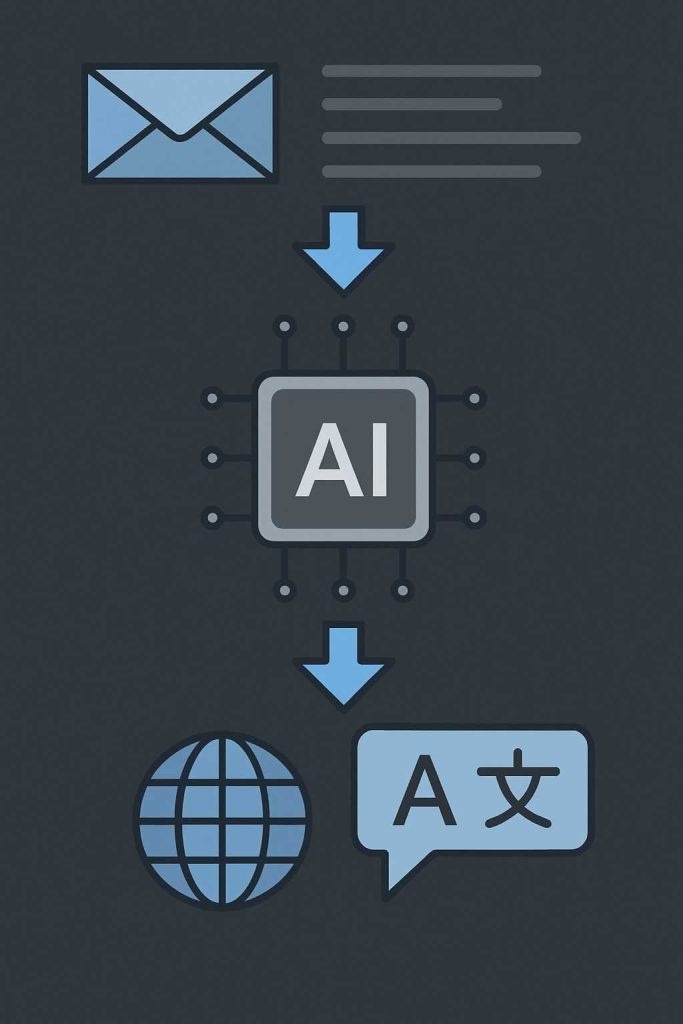

AI can be used for real-time translation, and it has become increasingly accurate and accessible across many industries. At AEHEA, we use AI-powered translation tools to bridge communication gaps in meetings, customer support, live chats, and documentation. Real-time translation means not only converting words from one language to another but doing so quickly enough to keep conversations natural and productive. This level of speed and precision is made possible by powerful language models and rapid API-based delivery.
To set up real-time translation, we first determine the use case. If the goal is live conversation, such as during a video call or chatbot session, we connect the text or voice input to a translation model immediately upon capture. Tools like Google Cloud Translation API, DeepL, and newer AI models from OpenAI or Meta allow us to send a sentence and receive a translated version within milliseconds. In live systems, the response is sent directly to the user or used to inform automated replies. We sometimes add intermediate steps that handle formatting, slang detection, or tone adjustment to keep the message clear and culturally appropriate.
For live websites, customer portals, or messaging platforms, we build workflows in n8n or similar automation tools to detect the language of a message and translate it before continuing with other processes. For example, a support ticket in Spanish can be automatically translated into English for the internal team, and then the reply can be translated back into Spanish before it reaches the customer. This cycle takes only seconds and allows businesses to support multiple languages without needing native speakers on every shift.
At AEHEA, we are careful to pair real-time translation with monitoring and quality checks. We use feedback loops, test data from real interactions, and language-specific reviews to ensure the translations feel natural and respectful. Real-time translation powered by AI opens up opportunities for global reach, faster customer service, and better internal collaboration. The goal is not just accuracy, but comfort helping users feel heard and understood, no matter the language they speak.
